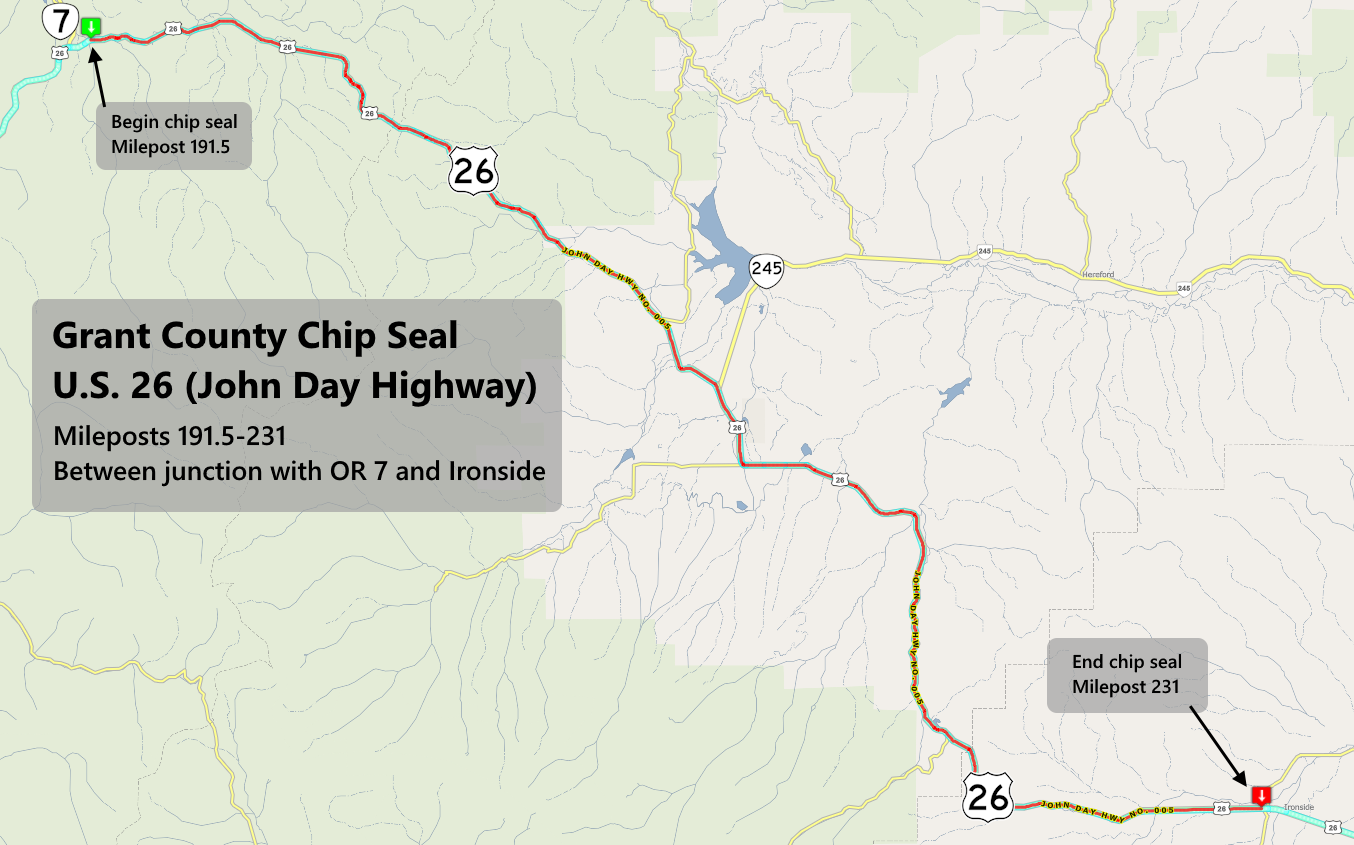Progress being made on Canyon Creek Complex fire
Published 9:16 am Sunday, August 23, 2015
Slowly but surely, firefighters are making steady progress on the Canyon Creek Complex south of John Day.
The blaze, which burned out of control for more than a week and destroyed 39 houses, was officially 23 percent contained as of Sunday morning. At last count, 69,606 acres have been scorched.
Winds are expected to shift out of the southwest later this week, pushing flames back toward established fire lines and into previously burned areas within the Strawberry Mountain Wilderness.
A red flag warning is in effect through Monday evening as conditions remain exceptionally dry, though Tobin Kelley, fire behavior analyst, said they don’t expect much movement on the fire below the ridge tops.
“The way the fire’s situated along the south and west, it will more or less bowl back into areas where it has already burned,”ù Kelley said.
With so much demand for firefighting resources across the Northwest, some crews have been pulled off Canyon Creek and will likely be reassigned to higher priority fires in Oregon and Washington.
The total number of personnel now staged in John Day is 832, or about 100 fewer than last week when Canyon Creek was considered the nation’s highest priority wildfire.
At the time, more than 700 structures were threatened. That total has since dropped to about 150 structures. Crews have also more or less buttoned up the Jerry’s Draw fire north of Prairie City and downgraded evacuation notices in the area.
Fire information officer Damon Simmons said the situation appears stable, which means more fire engines and first responders can either be sent home or deployed to other fires where there are still lives, homes and property at risk.
“I won’t be surprised if we’re reassigning a lot of those structure units,” Simmons said. “Things have gone well the last couple of days.”
Simmons said the need for resources is evaluated daily, and sometimes several times per day, to make sure fire crews are assigned to where they’re needed most. Incident commanders on large fires across the country hold a daily conference call to discuss their outlook and concerns for protecting nearby communities.
State Forester Doug Decker recently said the “pipeline is empty” when it comes to assigning trained firefighters to the sheer number of megafires burning across the West. The Pacific Northwest, northern California and the northern Rockies are all under a fire Preparedness Level 5, which is the highest level issued.
Gov. Kate Brown ordered another 250 Oregon National Guard soldiers to help in the firefighting effort, but it’s ultimately up to fire officials on the ground to determine where the men and women are needed most.
“They look at whether houses are threatened, are evacuations ongoing, are we getting ahead of this fire or are we getting pushed backward,”ù Simmons said. “Every single day, they’re having that conversation.”ù
Firefighters made progress on the Canyon Creek Complex despite ominous weather forecasts late last week that called for gusty winds and continued high temperatures.
Simmons said they are confident their fire lines will hold.
“We’ll just keep plugging along to get it more and more contained,”ù Simmons said. “Nothing is a sure thing until the fire is all the way out. But they have a high degree of confidence.”ù
The Canyon Creek Complex was the nation’s highest priority wildfire last week but has since gone down to 10th. The National Interagency Fire Center still ranks the Okanogan Complex and North Star fires in Washington as priorities one and two, respectively.
As fewer structures are threatened, Simmons said firefighters will eventually move elsewhere.
“We’ll be here until we’re no longer needed,” he said. “But it’s looking very good.”






